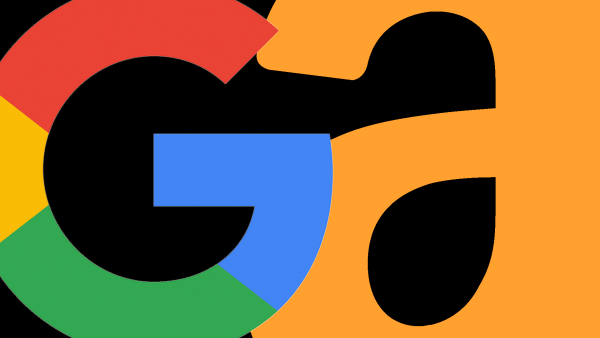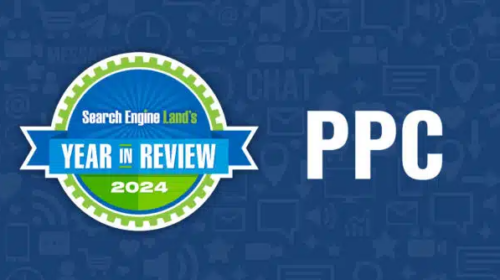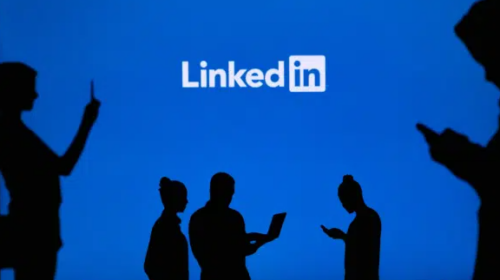To beat Amazon, Google needs to be more than the ‘Bing of e-commerce’
The elements are there, now all Google needs is near flawless execution.
Amazon will likely become even more powerful than it is today, although not without increased antitrust scrutiny. By contrast, many smaller online merchants have not similarly benefited from COVID-fueled online commerce.
Amazon has become a bigger threat to Google
Amazon’s dominance as an online shopping destination and its growth as an ad platform are direct threats to Google. Though the Seattle company will never catch or surpass Google in ad revenue, it can slowly chip away at its market share and growth. In some ways, Amazon is a more formidable competitor to Google than Facebook.
Google has thus been trying to upgrade its shopping experience to better compete with Amazon, playing both offense and defense. Most recently, Google announced the return of free product listings in Google Shopping, which is rolling out now.
Retailers will now, under the Shopping tab in search results, have a new free channel to gain exposure and drive transactions. Google’s President of Commerce Bill Ready described the benefits for both merchants and consumers: “For retailers, this change means free exposure to millions of people who come to Google every day for their shopping needs. For shoppers, it means more products from more stores, discoverable through the Google Shopping tab. For advertisers, this means paid campaigns can now be augmented with free listings.”
Google Shopping: The pieces are there
This comes on the heels of a major redesign and relaunch of Google Shopping last fall that was long in the making. In some ways, the company has returned to its shopping roots, but in other ways, it’s emulating Amazon. To win, it needs to beat Amazon at its own game and also be different; this is the same dilemma Bing faced and was unable to solve.
Google Shopping originally launched in 2002, as an index of products from retail catalogs called “Froogle.” It evolved into Google Product Search and in 2012, changed its model and name again. Fast forward to 2019, the new Google Shopping that formally went live in October offered a number of changes and innovations intended to close the user-experience gap with Amazon, including:
- Personalization based on search history and other factors
- Omnichannel shopping with local inventory options
- The merger of Google Express and Google Shopping
- Normalized shopping cart and checkout flow
- Easy returns and the Google Guarantee
Differentiation and execution obstacles
These are the right moves. Taking over the shopping cart and standardizing the checkout flow was a critical decision, though many retailers probably weren’t happy about it. Personalization is another key feature, although Amazon offers multiple layers of personalization. Google has a broader dataset than Amazon, which could generate different and better personalization and shopping recommendations (but watch the creepy factor).
Omnichannel inventory (local store data) is a major, potential differentiator. This is arguably the one feature on the list that Amazon doesn’t have and is unlikely to develop. It’s an “Achilles’ heel.” But, how aggressively Google develops and promotes local product inventory remains to be seen.
There are several remaining areas that Google must address if it wants to catch Amazon:
- Amazon Prime
- Customer service
- Product reviews
- Making shopping “fun”
- The brand issue
- Consumer trust
Amazon Prime is without question the most successful loyalty program ever. It drives spending and purchase frequency. Google will be hard-pressed to neutralize it.
Customer service is a challenging problem for Google; it’s not in the company’s DNA, whereas Amazon has generally excellent customer service. This is a major hurdle that will not be surmounted by the Google Guarantee alone.
Product reviews are a critical area and opportunity. Google Shopping offers expert reviews; Amazon does not. Amazon has a major review fraud problem, which may eventually catch up with it. If Google were to become much more aggressive about policing reviews, it could market trust as a point of differentiation. I’m skeptical anything will happen here, but the expert reviews are a big plus.
Here’s another, intangible issue for Google: using Amazon is more “fun” than Google Shopping. It’s the sum total of the site’s functionality, inventory, content and UI. Google Shopping is very “Googly” — more left-brained, utilitarian and clean, but it’s not “fun.” Amazon is messier but offers more “shopping intrigue” and discovery potential. There’s the possibility of surprise, not unlike browsing in a real store. Google Shopping doesn’t evoke that.
The Bing challenge
Bing developed a search experience that was arguably as good as Google’s yet Bing was unable to gain share beyond a certain point. We can debate why, but I believe it’s because Bing was largely emulating Google and wasn’t different enough or better. Google owns the search brand and there was just too much comfort and inertia to move away from it. The same can probably be said of Amazon, although the products are not mutually exclusive.
To beat Amazon, Google Shopping would have to match, if not exceed, Amazon’s key capabilities and features. Google needs to build a stronger shopping brand as well. Brand is an expression of various factors: quality, service, UX, personality, trust and others. Amazon is the most trusted shopping site and one of the most trusted companies in the U.S. (see here, here and here). Google isn’t that far behind, but it is behind.
Is ‘good enough,’ enough?
Google Shopping is an improving product. But it would take near-flawless execution on multiple fronts to catch Amazon. Some might say Google doesn’t need to catch or beat Amazon; it just needs to retain shopping search users (and advertisers). Accordingly, being a “good enough” number two might be enough. Perhaps.
Google has also positioned itself as the leader of the anti-Amazon retail alliance. That’s not a bad strategy, but Google’s delicate challenge there is to elevate Google Shopping as a branded destination, with a consistent user experience, but not reduce retailers to simple fulfillment partners.
Accomplishing even a partial list of these things is extremely challenging, even for Google. And it would require levels of commitment that the company is probably not willing or able to make during a time of reduced budgets and economic uncertainty.





